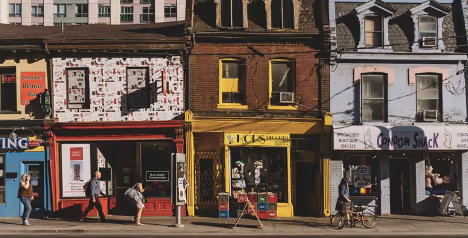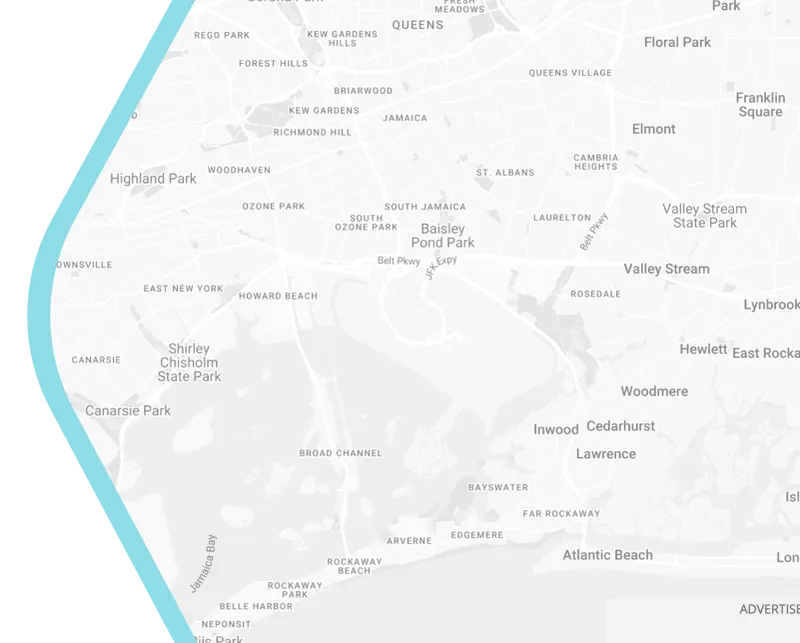
Smart City Partnership: Insight from Amsterdam
How advanced the technology or solution is not only the sole factor of success of a smart city initiative. How partnership of different stakeholders was built and organised is also critical to the success of the smart city projects.






























